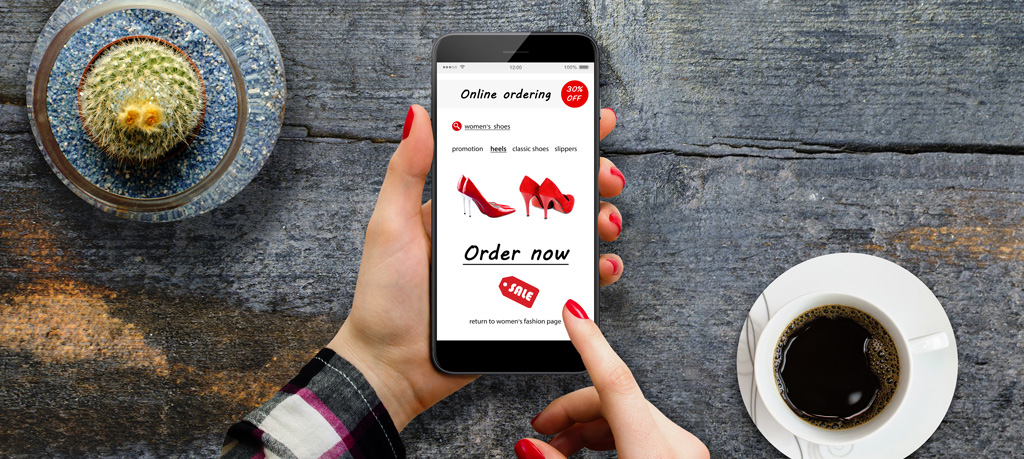Imagine you’re re-decorating your living room. You’re visiting stores and scouring the internet looking for the perfect rug at the perfect price. Finally, you find it! An amazing rug in just the colors and size you want. And then you see something even more magical: a big, shiny “sale” sticker! That beautiful rug that is going to go oh-so-perfectly in your space is 25% off the retail price. Are you pulling your credit card out yet?
This is what behavioral economics is all about.
be·hav·ior·al ec·o·nom·ics
noun
1. a method of economic analysis that applies psychological insights into human behavior to explain economic decision-making.
Behavioral economics states that people don’t evaluate things in absolute terms. Instead, they evaluate them relative to a comparison standard, or “reference point.”
The reference point a person uses to make decisions is based on their expectations. So, for sales, the reference point is what your customers expect to spend on a product or service. In our rug example, the reference point is the retail price. You see what the “regular” price is alongside what it has been marked down to and think, “I’m getting a great deal!” (It also works in reverse. If you expect to pay $150 for a rug and you find out the cost is $500, you’d be disappointed—and very unlikely to purchase).
Everyone loves getting a deal, so setting a reference point and then discounting it is an effective way to drive sales. In fact, in a study by Eric Anderson and Duncan Simester, two versions of a clothing catalog were sent out simultaneously—one with and one without the word “sale” beside a particular dress. In the catalog with the “sale” dress, demand increased by more than 50% than the non-sale catalog—even though the price of the dress was exactly the same.
In sales, as with people, nothing is absolute—it’s all about perspective.

